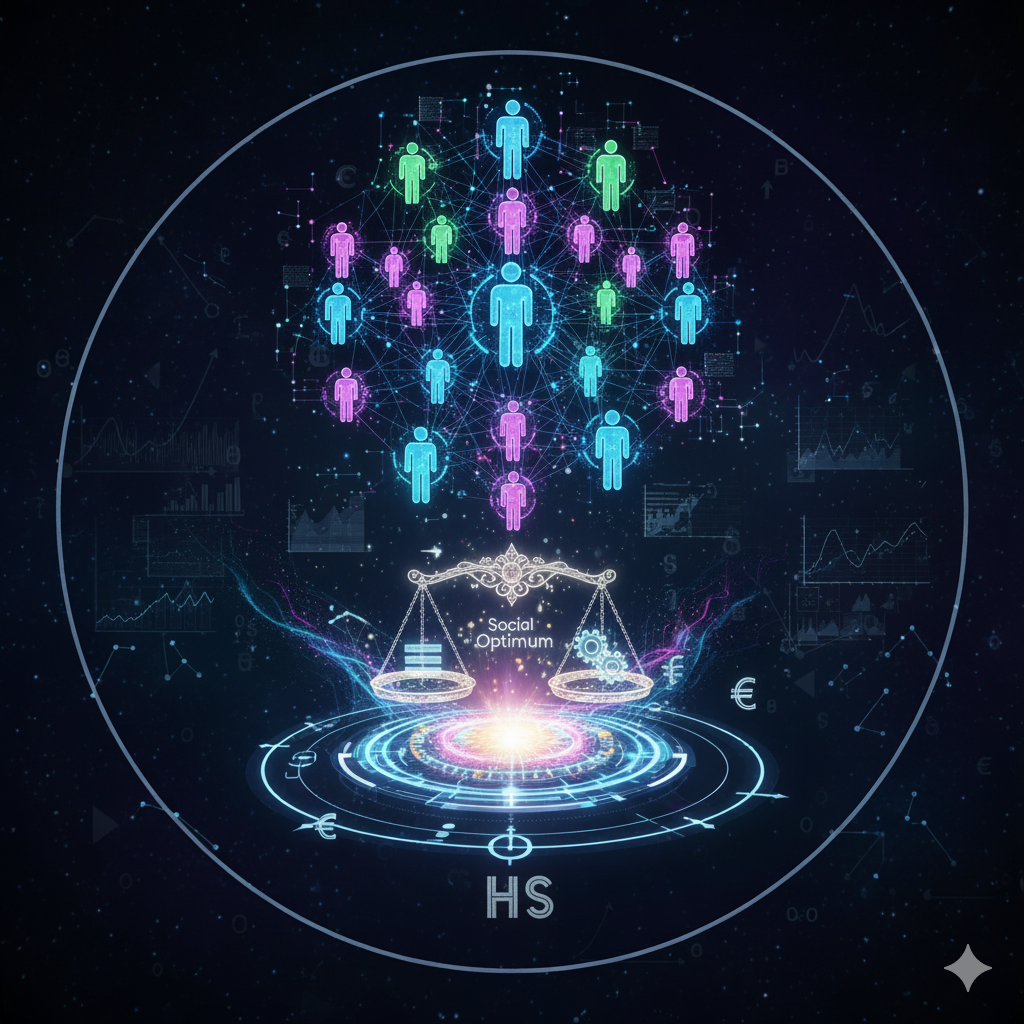Introduction
The global energy landscape is undergoing a major transformation as countries strive to reduce greenhouse gas (GHG) emissions, achieve energy security, and promote sustainable transportation. Traditional fossil fuels like petrol and diesel have dominated the mobility sector for over a century, but the negative environmental impacts, fluctuating fuel prices, and rising climate concerns have necessitated a shift toward cleaner alternatives.
Compressed Natural Gas (CNG) has long been recognized as a cleaner alternative to petrol and diesel due to its lower carbon emissions and cost-effectiveness. However, CNG is primarily derived from fossil fuels, which, while cleaner than petrol and diesel, still contribute to carbon emissions and rely on finite resources.
Enter Renewable Natural Gas (RNG), sometimes referred to as biomethane, a fuel produced from organic waste materials such as agricultural residues, municipal solid waste, sewage sludge, and livestock manure. RNG represents the next evolutionary step in sustainable mobility, offering the same operational benefits as CNG while being fully renewable and carbon-neutral.
This article explores the relationship between RNG and CNG, their role in promoting green energy, technological developments, challenges, and the future outlook for sustainable transportation.
1. Understanding CNG and RNG
1.1 Compressed Natural Gas (CNG)
CNG is primarily composed of methane (CH₄) stored under high pressure. Its advantages include:
- Lower carbon dioxide (CO₂) emissions compared to petrol and diesel.
- Reduced particulate matter and nitrogen oxides, making it environmentally friendlier.
- Cost-effective fuel for vehicles, especially in urban and short-haul applications.
However, CNG is derived from fossil fuels such as natural gas and liquefied petroleum gas (LPG), which are non-renewable and contribute to global carbon emissions, albeit at a lower rate than traditional fuels.
1.2 Renewable Natural Gas (RNG)
RNG is chemically identical to fossil natural gas but is produced from organic waste materials. The production process involves:
- Anaerobic digestion – Organic waste is broken down by microorganisms in oxygen-free conditions, producing biogas.
- Purification – Biogas is refined to remove impurities like carbon dioxide, hydrogen sulfide, and moisture.
- Compression – The purified biomethane is compressed to the same standards as conventional CNG for vehicle use.
Key features of RNG include:
- Carbon-neutral: The carbon emitted during combustion is roughly equal to the carbon absorbed by the organic matter during growth.
- Renewable: Produced continuously from organic waste streams.
- Compatible with existing CNG infrastructure: RNG can be used interchangeably with fossil CNG vehicles without modifications.
2. The Importance of RNG in Green Energy
2.1 Reducing Carbon Footprint
- Fossil fuels release carbon that has been locked underground for millions of years, contributing to net greenhouse gas emissions.
- RNG, derived from organic waste, recycles carbon already in the biosphere, reducing net carbon emissions.
- When used in vehicles, RNG can achieve up to 80–100% reduction in greenhouse gas emissions compared to diesel.
2.2 Waste Management Benefits
- RNG production utilizes organic waste from:
- Agricultural residues
- Food and municipal waste
- Livestock manure
- Sewage sludge
- This helps divert waste from landfills, reducing methane emissions and associated odor and soil contamination issues.
2.3 Energy Security
- RNG reduces reliance on imported fossil fuels.
- Countries can generate RNG locally from waste streams, improving energy independence.
2.4 Scalability and Urban Sustainability
- Urban areas produce significant organic waste.
- Cities can leverage waste-to-RNG plants to fuel public transport, delivery fleets, and municipal vehicles.
- RNG complements CNG in creating a greener urban mobility ecosystem.
3. Integration of RNG with CNG Infrastructure
One of the most attractive aspects of RNG is that it can directly replace or blend with CNG, creating a hybrid fuel strategy:
3.1 RNG Blending
- RNG can be blended with fossil CNG in varying proportions (5–100%) without requiring changes to engines or pipelines.
- Fleet operators can gradually increase RNG content, reducing fossil fuel dependence over time.
3.2 Vehicle Compatibility
- Existing CNG vehicles can run on RNG without modifications.
- This allows logistics companies, municipal bus services, and private vehicle owners to transition seamlessly to renewable fuel.
3.3 Infrastructure Compatibility
- CNG stations and distribution pipelines can transport RNG without significant modifications.
- This lowers infrastructure costs for governments and private operators while supporting a green transition.
4. Global Initiatives and Case Studies
4.1 United States
- The U.S. has over 1,000 RNG projects, many feeding into the CNG network.
- Municipal bus fleets in California run on RNG derived from landfill gas and wastewater treatment plants.
4.2 Europe
- Germany, Sweden, and the Netherlands are pioneers in biomethane adoption for urban buses and trucks.
- Germany has integrated RNG into its national gas grid, enabling renewable fuel use for both vehicles and heating.
4.3 India
- India’s SATAT (Sustainable Alternative Towards Affordable Transportation) initiative promotes the production of compressed biogas (CBG), a form of RNG, for fueling CNG vehicles.
- By 2030, India aims to establish 5,000 CBG plants, reducing reliance on fossil fuels and providing sustainable employment.
5. Advantages of RNG Over Fossil CNG
| Feature | Fossil CNG | RNG |
|---|---|---|
| Source | Natural gas (fossil) | Organic waste (renewable) |
| Carbon Footprint | Moderate | Carbon-neutral to negative |
| Sustainability | Non-renewable | Renewable |
| Infrastructure Compatibility | High | High |
| Environmental Impact | Lower than petrol/diesel | Very low; supports waste reduction |
| Government Incentives | Limited | Often higher subsidies for green fuel |
Key Takeaways:
- RNG provides all the benefits of CNG while being renewable and environmentally superior.
- It enables cities and companies to meet climate goals without major investments in new vehicle fleets.
6. Challenges in RNG Adoption
Despite its potential, RNG faces several challenges:
6.1 High Production Costs
- RNG production involves anaerobic digestion, purification, and compression, which are capital-intensive.
- Initial investments are higher than fossil CNG production.
6.2 Feedstock Availability
- RNG production relies on consistent availability of organic waste.
- Seasonal variations in agricultural residues and inconsistent municipal waste collection can affect supply.
6.3 Technology and Skill Requirements
- Anaerobic digestion and purification require advanced technology and trained personnel.
- Smaller cities may struggle to establish efficient RNG production facilities.
6.4 Public Awareness and Acceptance
- Awareness about RNG is still low among consumers and fleet operators.
- Skepticism about reliability and cost can slow adoption.
7. The Role of RNG in Sustainable Transport
7.1 Public Transport Sector
- Municipal buses running on RNG reduce urban air pollution and noise levels.
- Cities like Stockholm and Los Angeles have successfully deployed RNG buses in public transit.
7.2 Logistics and Delivery Fleets
- E-commerce and last-mile delivery companies can use RNG vans and trucks.
- Blending RNG with CNG reduces operational costs and carbon footprint simultaneously.
7.3 Private Vehicles
- RNG can be introduced gradually in private CNG vehicles.
- Provides eco-conscious consumers with an immediate green alternative without waiting for electric vehicle infrastructure.
8. Future Prospects
- Scaling Production
- Increasing biogas and organic waste collection systems will make RNG more accessible.
- Increasing biogas and organic waste collection systems will make RNG more accessible.
- Integration with Electric Mobility
- RNG-powered hybrid vehicles may combine renewable gas and electricity for optimal efficiency.
- RNG-powered hybrid vehicles may combine renewable gas and electricity for optimal efficiency.
- Carbon Credit Market
- RNG adoption can generate carbon credits, providing additional revenue for producers.
- RNG adoption can generate carbon credits, providing additional revenue for producers.
- Global Policy Support
- Governments are incentivizing RNG through subsidies, tax breaks, and renewable fuel mandates.
- These policies accelerate adoption and reduce the cost gap with fossil CNG.
- Governments are incentivizing RNG through subsidies, tax breaks, and renewable fuel mandates.
- Circular Economy Model
- RNG production turns waste into fuel, supporting sustainable urban planning and a circular economy.
9. Conclusion
Renewable Natural Gas (RNG) represents a major step forward in the journey toward green energy. By leveraging organic waste streams to produce a fuel that is chemically identical to CNG, RNG offers a carbon-neutral, sustainable, and cost-effective alternative to fossil fuels.
The integration of RNG with existing CNG infrastructure provides a seamless transition for vehicle fleets, municipalities, and private consumers, making it an ideal bridge technology while electric and hydrogen mobility infrastructure matures.
Countries around the world are already demonstrating the environmental, economic, and social benefits of RNG, and initiatives like India’s SATAT project signal a growing global commitment to renewable fuels.
As technological innovations continue, production costs decline, and awareness grows, RNG is poised to play a critical role in the sustainable transport ecosystem, complementing CNG and paving the way toward a greener and cleaner energy future.




